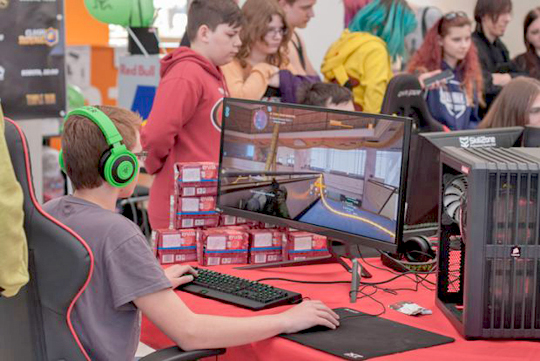London, Jun 6: Starting your university life? Playing video games may help you develop 'graduate attributes' - skills required for higher education, a new study suggests.

Researchers found that gaming improved student communication skills, resourcefulness and adaptability and may have a role to play in higher education.
Over an eight-week period, undergraduate students were assigned to either an intervention or a control group. Adaptability, resourcefulness and communication skills were measured in both groups.
The intervention group played specified video games under controlled conditions over an eight-week period and they showed improvements in communication, adaptability, and resourcefulness scales compared to the control group.
This supported the hypothesis that playing video games can improve self-reported graduate skills.
"The findings suggest that such game-based learning interventions have a role to play in higher education," said Matthew Barr, from the University of Glasgow in the UK.
Graduate attributes are those generic skills such as problem solving, communication, resourcefulness or adaptability which are considered desirable in graduates, particularly where employability is concerned.
"Modern video games often require players to be adaptable and resourceful, and finding multiple ways of accomplishing a task. The way games are designed often encourages critical thinking and reflective learning, commonly cited as desirable attributes in graduates," Barr said.
The research was intended to measure the effects of playing commercial video games on the attainment of certain graduate attributes, testing the hypothesis that playing selected games can improve student scores on measures of graduate skills.
"This work demonstrates that playing commercial video games can have a positive effect on communication ability, adaptability and resourcefulness in adult learners, suggesting that video games may have a role to play in higher education," said Barr.
"The study also suggests that graduate skills may be improved in a relatively short amount of time, with the gains reported here achieved over a period of eight weeks and representing just 14 hours of game play," he added.
"Certainly, the results suggest that the popular discourse around games' alleged ill effects should be tempered by considerations of the potential positive outcomes of playing video games," he said.





Comments
Add new comment